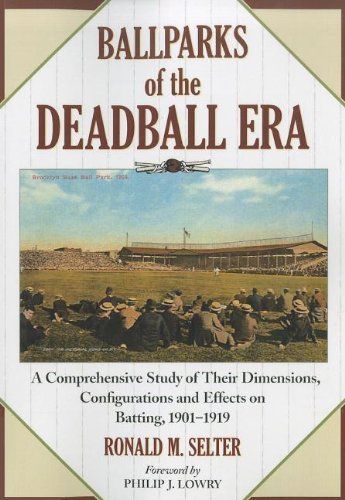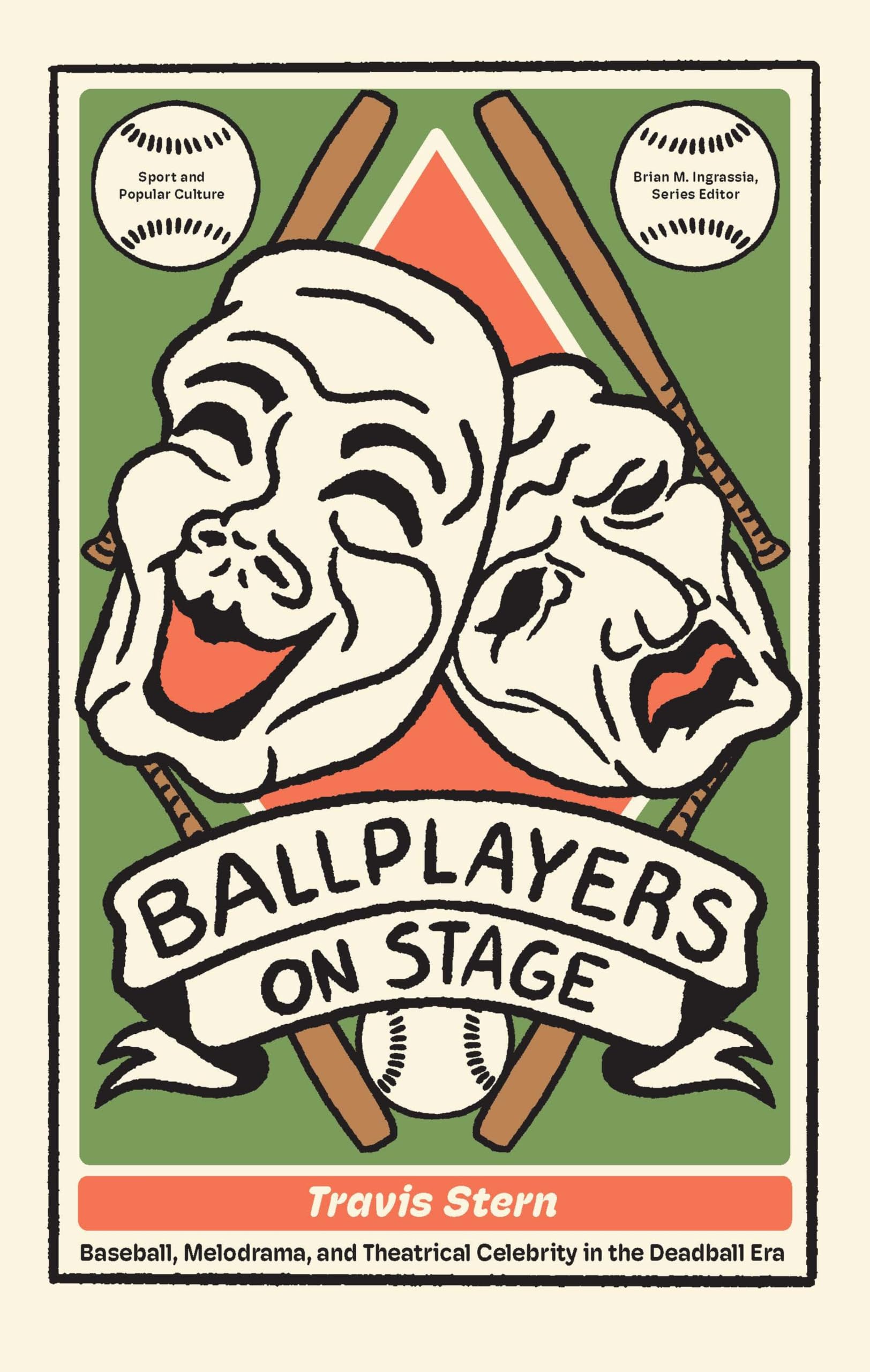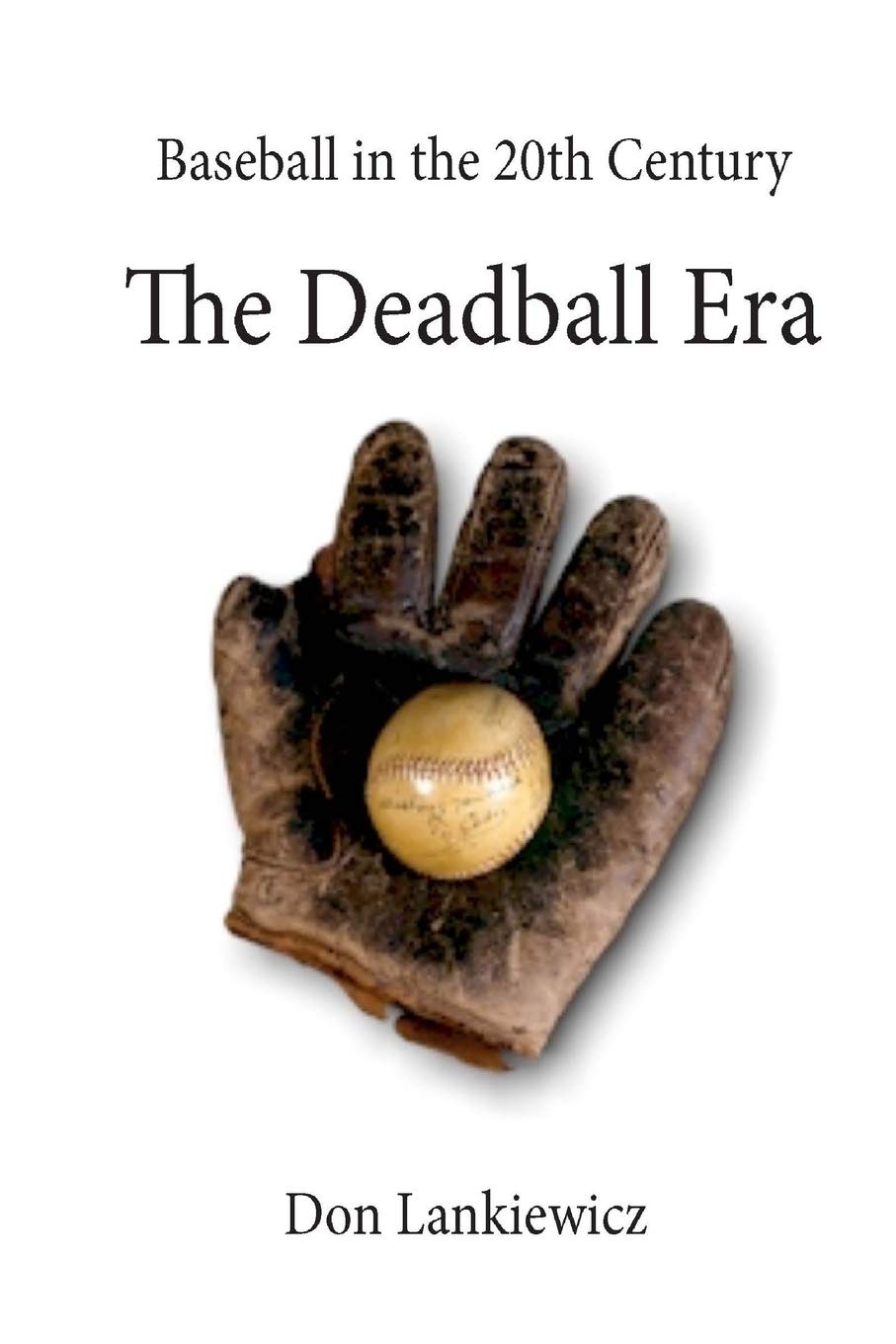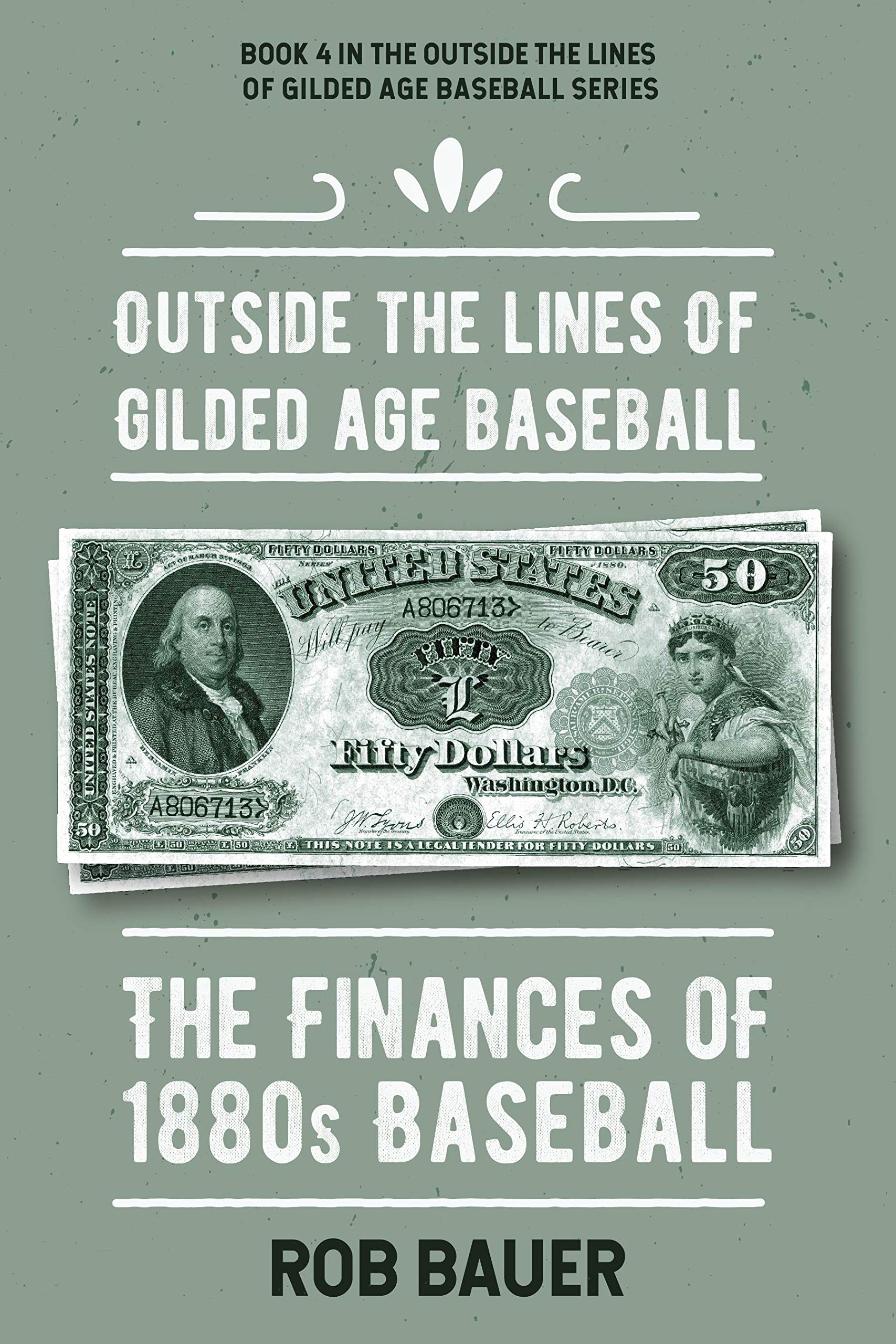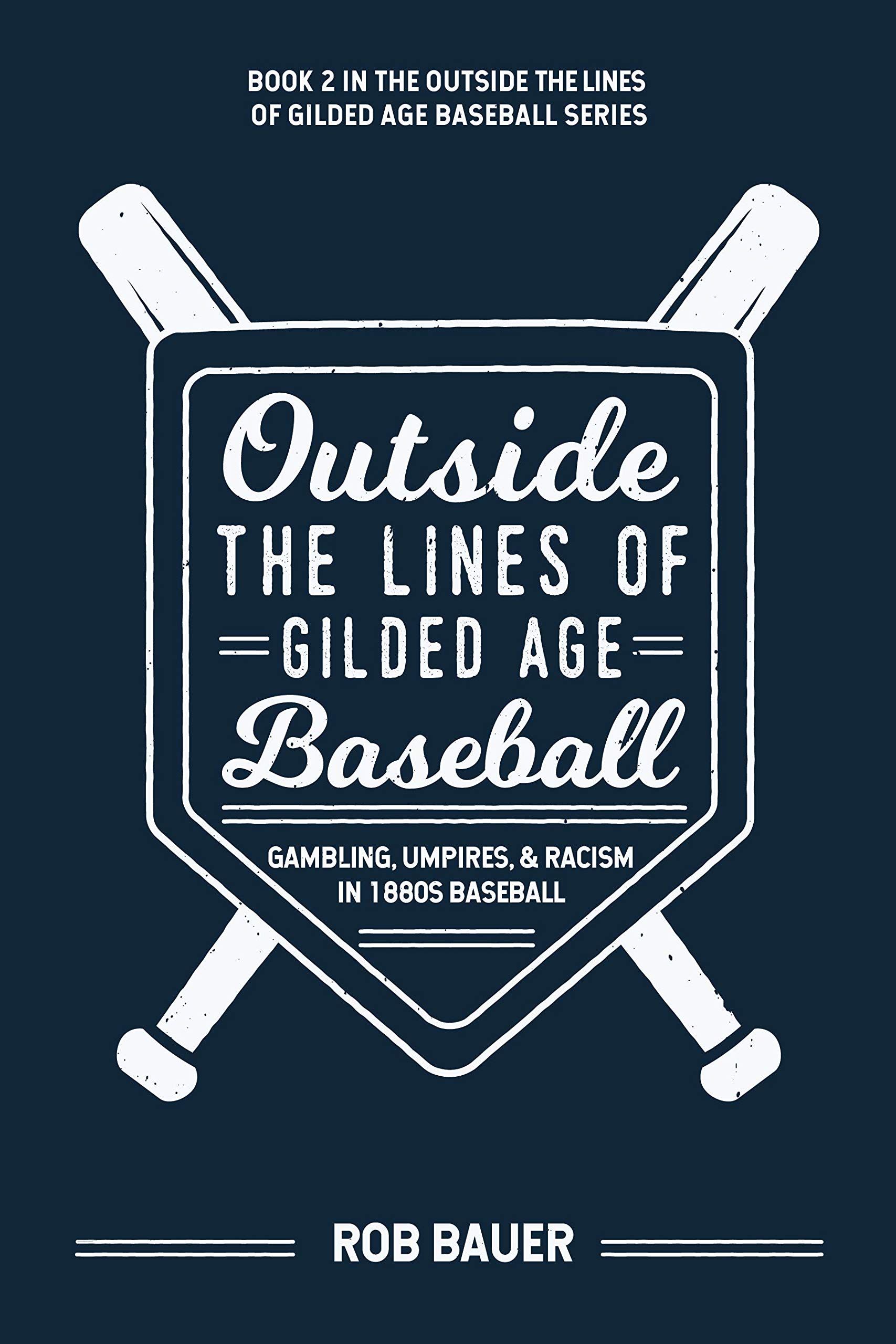Baseball’s Deadball Era is an intriguing period that fascinates many sports enthusiasts and historians. It was a time from around 1900 to 1919 when pitchers dominated the game, and home runs were a rarity. Books on this era capture the strategy, skill, and unique stories from this time. They are great resources for anyone interested in the history of America’s pastime and how the game evolved.
When choosing books on the Deadball Era, consider the author’s perspective and research depth. Look for books that offer comprehensive coverage and firsthand accounts that bring the era to life. The focus can vary—some books dive into legendary players, while others explore pivotal events or the cultural impact of the game.
Investing in these books can deepen your appreciation for baseball’s rich history. They transport you to a different time and provide insights that enhance your current understanding of the game.
Top Books on Baseball’s Deadball Era
You’re about to explore a collection of books that capture the excitement and challenges of baseball’s Deadball Era. This period was a unique time in baseball history, filled with fascinating stories and legendary players. Dive into the best books that will take you back to this classic era of the sport.
Ballparks of the Deadball Era
This book is a must-read for anyone passionate about the history and design of early baseball stadiums.
Pros
- Thorough examination of ballpark designs
- Provides historical context
- Engaging for baseball history enthusiasts
Cons
- Lacks anecdotal stories
- Focuses on technical details
- Not enabled for Text-to-Speech
Dive into the detailed world of baseball parks between 1901 and 1919 with this book. It meticulously studies the sizes, designs, and impacts of the stadiums on gameplay, offering a clear picture of the past.
In this comprehensive study, you’ll find insightful histories of how ballparks shaped baseball during the Deadball Era. The author uses scientific methods to bring you exacting details about each venue. This focus makes it particularly appealing if you’re interested in the technical side of baseball history.
While the book might not satisfy those looking for personal stories, it thoroughly covers the physical aspects of ballparks. The focus is on providing a deeper understanding of how these sites influenced the game. If you’re drawn to how stadiums affected play, you’ll appreciate this rich resource.
Ballplayers on Stage
This is a must-read for those fascinated by the intersection of baseball and theater during the Deadball Era.
Pros
- Offers a unique view into baseball’s history.
- Engaging writing style keeps you interested.
- Insightful exploration of baseball players as celebrities.
Cons
- Focuses heavily on theatrical aspects.
- May not cover all Deadball Era details.
- Not ideal for those seeking statistical analysis.
“Ballplayers on Stage” brings together the worlds of baseball and melodrama in an engaging way. The book sheds light on the life of ballplayers who were theatrical celebrities during the Deadball Era. It captures the blend of sports and entertainment that defined that time.
The writing style makes it easy to imagine the era’s atmosphere. It’s fascinating to see how players’ theatrical personalities influenced fan perceptions and game culture. Readers who love detailed stories and historical context will find this book compelling.
While the book shines in its storytelling, it leans more toward the theatrical aspects of players’ lives. For fans interested in hard statistics, this might not be the best fit. Nonetheless, it’s a captivating read for anyone keen on the deeper cultural impact of baseball during this unique period.
The Deadball Era
This book serves as a solid introduction to the Deadball Era, making it suited for young readers or beginners curious about early baseball history.
Pros
- Includes fascinating old photos of historic ballparks.
- Captures the atmosphere of various cities during the Deadball Era.
- Easy to understand for younger readers.
Cons
- The timeframe covered ends prematurely in 1909, omitting later years.
- Lacks consistency in storytelling, leading to a somewhat disjointed read.
- Might not meet the expectations of seasoned fans of the era.
Offering a peek into the early 20th-century baseball world, this book can set the stage for kids curious about the sport’s history. The photos included give readers a visual sense of the iconic ballparks and players of the Deadball Era.
While it provides an interesting glimpse into the past, the book limits itself by cutting off at 1909, leaving out key events that shaped the era. This decision might disappoint those looking for a deeper dive into the decade following.
Overall, it’s a helpful resource for younger audiences. The scattered narrative might not satisfy more experienced Deadball Era enthusiasts, but it is still a worthy introduction to this unique period in baseball history.
Outside the Lines of Gilded Age Baseball
If you’re interested in the financial side of baseball during the 1880s, this book provides detailed and intriguing insights.
Pros
- Explains the reserve clause origin
- Covers lesser-known topics like the 1886 salary limit
- Clear and comprehensive writing
Cons
- Limited reader reviews
- Niche subject may not appeal to everyone
- Focuses heavily on financial aspects
Explore the intriguing financial world of 1880s baseball with insights into topics such as the implementation of the reserve clause and the 1886 salary limit. This book illuminates lesser-known aspects of the era, providing a unique perspective on the game’s history.
The writing offers clear explanations, making complex subjects accessible. It combines depth with clarity, giving you a well-rounded view of baseball’s financial backdrop during an interesting period.
While this book is rich with detailed information, it’s worth noting that its niche focus on finances may not appeal to those looking for broader historical narratives. With limited reviews, you might have to dive into the content to see if it aligns with your interests.
Outside the Lines of Gilded Age Baseball
This book offers a fascinating look into the influences shaping 1880s baseball and fans of the era’s history will find it a compelling read.
Pros
- Provides a unique perspective on baseball history.
- Engaging storytelling that captivates readers.
- Offers new insights into the influences on the sport.
Cons
- The focus might be too narrow for some.
- Limited details on certain baseball aspects.
- May not cater to all baseball fans’ interests.
This book takes you into the underbelly of 1880s baseball, exploring the complex issues of gambling and racism that hovered over the sport. It’s more than just a game-focused read; it dives into the societal forces of the time. You’ll find the historical context fascinating and enlightening.
Engaging storytelling makes this a standout book in the realm of baseball history. The author succeeds in painting a vivid picture of the era. This read stands out for highlighting lesser-known aspects of the sport’s past, keeping you turning pages.
Despite its strengths, some might find its specialized focus a bit narrow. The book doesn’t cover every aspect of baseball, focusing mainly on specific themes. Yet, for those interested in the broader cultural implications of the sport, it provides a rewarding experience.
Buying Guide
When buying books on baseball’s Deadball Era, it’s important to consider a few key factors to ensure you find the best resources.
Content Focus
Identify the specific topics you are interested in. Books may vary in focus, from player biographies to game strategies and historical events.
Author Expertise
Look for books by authors with a background in baseball history. Experienced writers are more likely to provide accurate and detailed insights.
Books by Experts:
| Author’s Experience | Expertise Level |
|---|---|
| Over 10 years | High |
| 5-10 years | Medium |
| Less than 5 years | Low |
Book Reviews
Check reviews from other readers. They can offer insights into how informative and engaging the book is.
Price Range
Books on niche topics like the Deadball Era can vary widely in price. Compare prices to find a good balance between cost and quality.
Condition
If buying a used book, look for condition ratings. Books in “like new” or “good” condition are usually more enjoyable to read.
Condition Guide:
- New: Perfect condition.
- Like new: Minimal signs of wear.
- Good: Some wear but no major damage.
- Fair: Noticeable wear; reader must be tolerant.
- Biographies
- Current Baseball Players
- Current Players by Team
- Players that Retired in the 2020s
- Players that Retired in the 2010s
- Players that Retired in the 2000s
- Players that Retired in the 1990s
- Players that Retired in the 1980s
- Players that Retired in the 1970s
- Players that Retired in the 1960s
- Players that Retired in the 1950s
- Players that Retired in the 1940s
- Players that Retired in the 1930s

